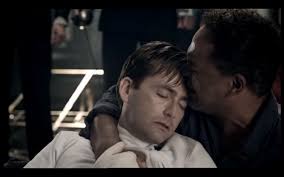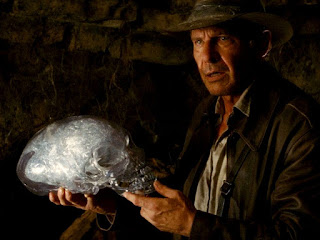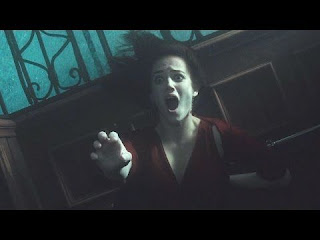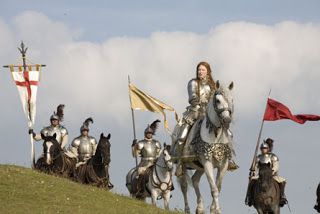Horatio's Handy Revision List: All this can I truly deliver

There are many ways of revising, but a good way is to revisit parts of the play and explore them with a different lens from the one you used the first time round. We have known that Horatio is trustworthy from the opening scenes of the play. He has been a voice of reason since the skeptical intelligence he displayed at the appearance of the Ghost, and an accurate documenter of events in his explanation to Hamlet - and it is he who is chosen by Hamlet to let the ' story be known, 'report me and my cause aright/to the unsatisfied' (V.ii.344-345), at the end of the play. Begin, then, with this list of events from Horatio's final speech: And let me speak to the yet unknowing world How these things came about: so shall you hear Of carnal, bloody, and unnatural acts, Of accidental judgments, casual slaughters, Of deaths put on by cunning and forced cause, And, in this upshot, purposes mistook Fall'n on the inventors' reads: all this can I Truly





